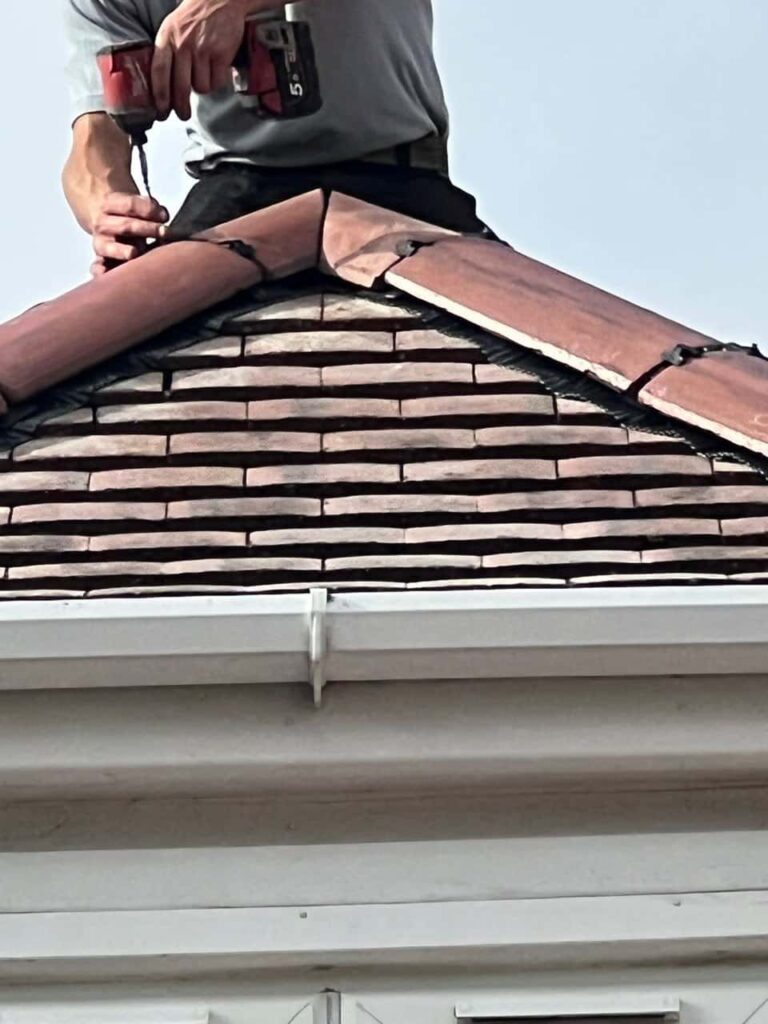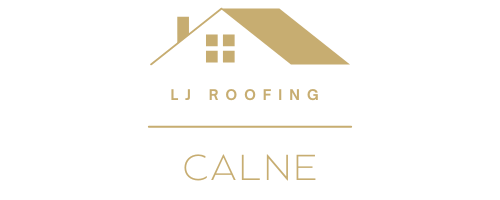Extending your home is one of the most effective ways to increase space, enhance comfort, and add long-term value to your property. However, one of the most important considerations when planning an extension is choosing the right roof type. The roof plays a critical role in determining the aesthetic appeal, energy efficiency, and durability of the new structure. At LJ Roofing Calne, we help homeowners across Calne and Wiltshire select and install the ideal roofing solution to ensure their home extension blends seamlessly with the existing property while performing beautifully for years to come.
Why the Roof Type Matters
The roof of a home extension does more than provide shelter — it influences the entire look and feel of the space below. The right roof complements your home’s architecture, provides efficient drainage, supports insulation, and contributes to overall property value.
When choosing a roof type, it’s essential to consider:
- The existing roof design – for a cohesive appearance
- The purpose of the new space – whether it’s a kitchen, living area, or utility room
- The size and layout of the extension
- The direction of the roof slope and how it connects to the main building
- Maintenance requirements and long-term performance
LJ Roofing Calne offers expert advice to ensure every homeowner makes an informed choice based on their specific property needs and design preferences.
The Most Popular Roof Types for Home Extensions
1. Flat Roof Extensions
Flat roofs are one of the most popular options for modern home extensions, especially in contemporary designs or single-storey additions. Contrary to the name, a flat roof isn’t completely level — it has a slight gradient to allow rainwater to drain efficiently.
Advantages of a flat roof extension:
- Sleek, modern appearance that complements minimalist designs
- Ideal for small or single-storey extensions such as kitchen or utility rooms
- Cost-effective construction and efficient use of space
- Option to add roof lights or lanterns to increase natural light
- Can accommodate green roofs or solar panels
At LJ Roofing Calne, we use high-quality materials such as EPDM rubber or GRP fibreglass to ensure flat roofs are watertight, durable, and low maintenance.
2. Pitched Roof Extensions
A pitched roof, featuring two sloping sides that meet at a central ridge, is a timeless choice for homeowners seeking a traditional and attractive finish. It’s especially suitable for properties in Calne and Wiltshire that have classic or rural architectural styles.
Benefits of pitched roofs:
- Excellent water drainage and weather resistance
- Traditional look that complements most existing homes
- Greater loft space or vaulted ceiling potential
- Energy-efficient insulation and ventilation options
A pitched roof extension can be designed to match the existing roofline perfectly, ensuring continuity across the property. Materials such as clay tiles, slate, or concrete tiles are commonly used to maintain the home’s original character.
3. Lean-To Roof Extensions
Also known as a mono-pitched or single-slope roof, the lean-to roof is another excellent choice for extensions. It features a single slope that leans against the existing wall of the house, making it both simple and practical.
Advantages of lean-to roofs:
- Cost-effective and straightforward construction
- Great for smaller extensions, such as garden rooms or porches
- Allows for roof windows or skylights to bring in natural light
- Suitable for both traditional and modern properties
LJ Roofing Calne often recommends lean-to roofs for kitchen and side extensions, as they create a neat, unobtrusive finish that harmonises with the home’s design.
4. Gable Roof Extensions
A gable roof features two sloping sides that meet at a ridge, forming a triangular shape on each end. This classic roof style offers a distinctive appearance and plenty of internal height.
Benefits of a gable roof:
- Visually striking design that adds architectural interest
- Excellent water run-off, reducing maintenance needs
- Additional attic or storage space under the roof
- Ideal for extensions on detached or semi-detached homes
Gable roofs can be designed to align with the existing house structure or positioned perpendicular for a more unique layout. LJ Roofing Calne provides tailored gable roof designs that combine traditional craftsmanship with modern efficiency.
5. Hip Roof Extensions
A hip roof is similar to a gable roof but includes slopes on all four sides. This design creates a compact, elegant shape that’s particularly wind-resistant and visually appealing.
Advantages of hip roofs:
- Strong, stable, and weather-resistant design
- Suitable for high-wind areas, providing excellent durability
- Aesthetically balanced, giving homes a refined finish
- Works well for larger or wrap-around extensions
Homeowners in Wiltshire who want an elegant, cohesive roofline often choose hipped designs for their extensions.
6. Mansard Roof Extensions
For those seeking maximum internal space, a mansard roof offers a unique solution. Characterised by two slopes on each side — the lower slope being much steeper — this design maximises usable attic or loft space.
Benefits of mansard roofs:
- Creates a full upper storey with generous headroom
- Blends well with older, character properties
- Ideal for large extensions or loft conversions
- Visually appealing with a distinct architectural style
LJ Roofing Calne ensures that mansard extensions are designed and constructed to integrate perfectly with the home’s overall structure and aesthetic.
Matching Roof Materials with Your Home
Choosing the right roofing material is just as important as the style itself. Matching materials between the main house and the extension ensures a consistent and high-quality finish.
Popular materials for extensions include:
- Clay tiles – perfect for period or traditional properties
- Natural slate – durable and elegant, suited to older homes
- Concrete tiles – cost-effective and available in a range of colours
- Metal and zinc roofing – ideal for contemporary designs
- EPDM or GRP – excellent waterproofing for flat or low-slope roofs
At LJ Roofing Calne, we provide guidance on which materials will best complement your home while delivering performance and durability.
Factors to Consider Before Choosing a Roof Type
Before deciding on the best roof for your home extension, consider the following:
- The architectural style of your existing home
- The intended use of the extension
- Height restrictions or planning considerations
- Sunlight direction and natural lighting opportunities
- Maintenance requirements over time
Our roofing experts at LJ Roofing Calne can conduct a full assessment to help you determine the most practical and aesthetically pleasing solution for your extension.
Conclusion
Selecting the right roof type for a home extension is a crucial step in achieving a balanced, functional, and visually appealing result. Whether you opt for a flat roof, pitched roof, lean-to, or gable design, the key lies in choosing a structure that complements your existing property while meeting your family’s needs. LJ Roofing Calne provides professional roofing design and installation services throughout Calne and Wiltshire, ensuring every home extension is completed to the highest standard with style, strength, and precision.
If you’re planning an extension and want expert guidance on roofing options, contact LJ Roofing Calne today to discuss the perfect solution for your home.
Call us on: 01249 477 793
Click here to find out more about Roofing Calne
Click here to complete our contact form and see how we can help with your roofing needs.

